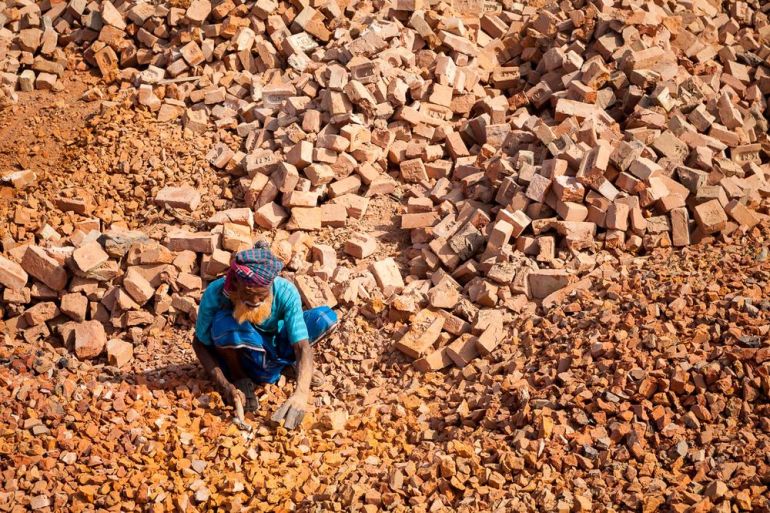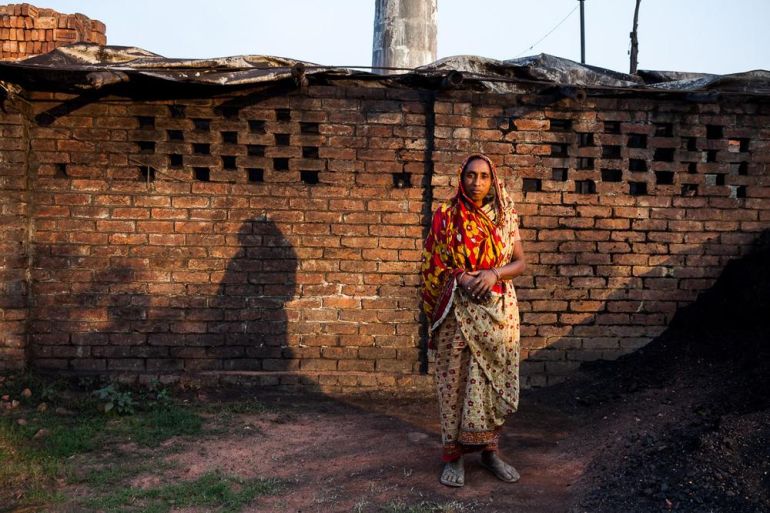In Pictures
In Pictures: The brick fields of Bangladesh
Demand for cheap building materials amid rapid urbanisation comes at cost of worker exploitation and climate change.

Everywhere in Bangladesh you can see them.
The high chimneys along the rivers, in the countryside, surrounding the cities, pouring grey smoke into the air. Millions of bricks are burned here. But the price is high, and paid by the workers and the environment.
Bangladesh, with its 160 million-strong population, is urbanising rapidly. The high demand for cheap building materials has lead brickmaking, an age-old tradition, to thrive. Today, the United Nations Development Programme (UNDP) says there are about 8,000 brick kilns operating around the country.
“It’s very easy to get started with brickmaking,” says Shamim Iftekhar of the UNDP in Dhaka. “All you need is a small piece of land and 40-50 lakh taka [$6000]. In half a year, you can get five times that investment back.”
Almost all bricks are made using a 150-year-old technology; soil is mixed with water, formed into bricks using wooden forms, then left to dry in the sun before being burned in traditional kilns. The process is done almost entirely by hand.
Workers of all ages come from rural parts of Bangladesh, and often stay for months at the brickmaking fields. Payment is irregular, the work monotonous and heavy.
“This is an industry with absolutely no regulations. It’s a place where people get hurt or die but nothing happens,” says Saydia Gulrukh, an activist.
Bangladesh is hit harder than almost any other country in the world by climate change despite emitting very little greenhouse gases. But the emissions from the brick kilns hurt the environment.
The cluster of traditional kilns have been proven to hamper air quality in the country. Local groups and the government have been working to bring “clean” brick kilns and sustainable technology to the works.
“It’s a huge challenge. There is a new law just passed by the government, saying that traditional fields will not get new licenses. But it will take time. We can’t see how 10,000 industries will change overnight,” says Shamim Iftekhar.













